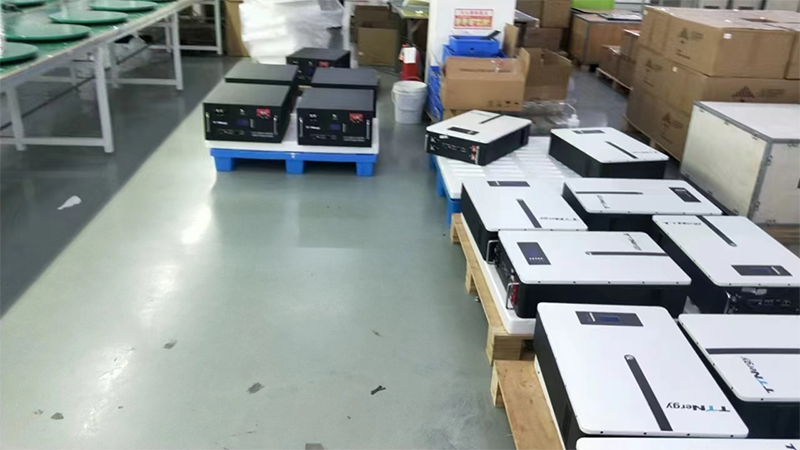Certification Requirements for Medical Device Exporting Batteries.
Certification Requirements for Medical Device Exporting Batteries.
Medical device batteries need to obtain specialized certifications for the target market when exported. The compliance requirements in core regions (the United States, the European Union, and China) are clear and differentiated, and they are key thresholds for wholesale customers' products to enter overseas markets.
1) US Market (FDA regulated)
Core Standards
Safety Requirements: Must comply with IEC 62133 (Secondary Battery Safety), UL 2054 (Battery Pack Safety), IEC 60601-1 (General Safety for Medical Electrical Equipment), ISO 13485 (Quality Management System for Medical Devices).
Special Requirements: Batteries must have biocompatibility (ISO 10993-1); must pass identity authentication to prevent counterfeiting (such as SHA-1 encoding); each battery must be serialized and traceable (support UDI coding system).
Certification process
The battery must be submitted along with the medical device for FDA registration, and complete test reports (including safety, EMC, and biocompatibility) must be provided. For some high-risk devices (such as implantable pacemaker batteries), additional clinical evaluation data must also be submitted.

2) EU Market (MDR Regulation)
Core Standards
Basic Requirements: Must comply with the "Basic Safety and Performance Requirements" in Annex I of the EU Medical Devices Regulation (MDR), including electrical safety, mechanical safety, and biocompatibility.
System Requirements: The design and manufacture of batteries must be based on an ISO 13485-certified quality management system to ensure traceability of the production process and controllable risks.
Testing requirements: Must comply with IEC 62133 (additional requirements for medical scenarios: biocompatibility, safety for use near patients), and IEC 60601-1 (specific safety requirements for medical electrical equipment), and submit a complete test report.
Certification mark
After obtaining certification, the CE mark must be affixed before the product can be sold in EU member states; high-risk equipment (such as implanted batteries) must be reviewed by the notified body, while low-risk auxiliary batteries can comply through "self-declaration".

3. Chinese Market (NMPA Regulation)
Core Standards
General Safety: GB 9706.1-2020 "Medical Electrical Equipment - Part 1: General Requirements for Basic Safety and Basic Performance", equivalent to IEC 60601-1:2012, covering electrical, mechanical, environmental, EMC, etc. requirements (for example, in the case of Jiangsu Medical Device Inspection Institute in 2023, a handheld ultrasound device was judged unqualified due to the absence of fireproof materials for isolating the dry battery compartment, which did not meet this standard).
Battery-specific standards: Lithium primary batteries must comply with GB 8897.4-2008 "Primary Batteries - Part 4: Safety Requirements for Lithium Batteries"; Lithium rechargeable batteries must meet GB/T 28164-2011 (which will be equivalent to IEC 62133-2:2017), and the charging voltage, current, and temperature effects need to be evaluated under normal / single fault conditions.
Mandatory Certification: As of August 1, 2023, lithium-ion batteries for portable electronic devices (including batteries for medical portable equipment) will be subject to CCC mandatory certification; after August 1, 2024, batteries without a CCC certificate and without the certification mark shall not be manufactured, sold, or imported.
Certification process
The battery must be submitted to the NMPA for registration along with the medical device. Provide GB standard test reports, ISO 13485 system certification, and for high-risk devices, clinical validation must also be conducted.
 English
English
What Is a Prismatic LiFePO4 Cell
A Prismatic LiFePO4 cell is a type of lithium iron phosphate battery cell designed in a rectangular or box-like shape, known for its high energy density, stability, and long service life. Unlike cylindrical cells, which are rolled and enclosed in metal casings, prismatic cells use flat layers stacked inside an aluminum or steel shell. This structure allows for better space utilization and easier integration into larger battery packs.
Read MoreCustom 24V Lithium Battery Pricing
The price variation for custom 24V lithium batteries fundamentally stems from “base cost + functional cost + customization cost + compliance cost.”
Read MoreCustomized 48V Lithium Batteries: High Demand in Three Key Industries
Large medical carts, portable testing instruments, and other equipment require a 48V battery to provide stable power, while also complying with the ISO 13485 medical standard to avoid electromagnetic interference affecting device accuracy.
Read More